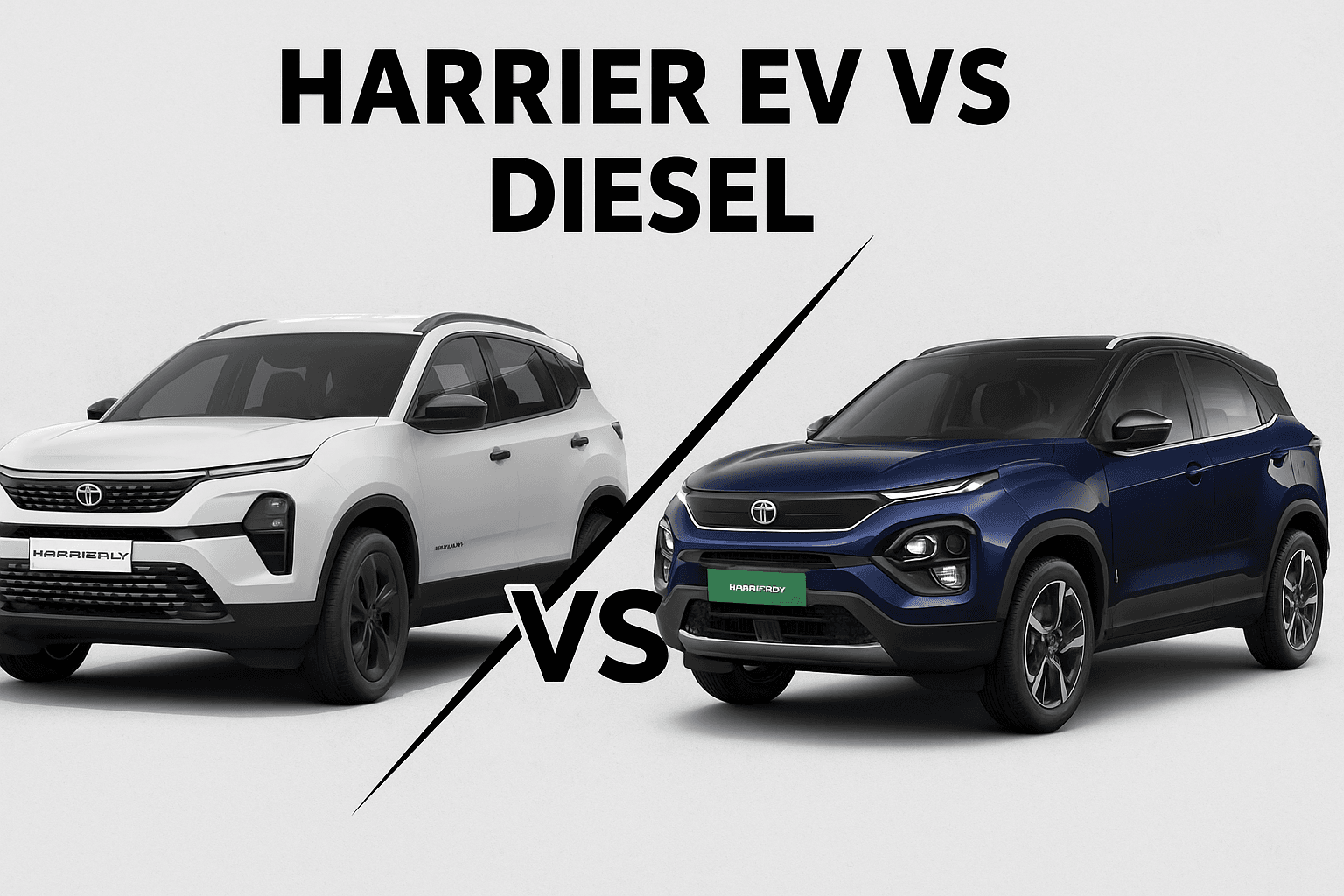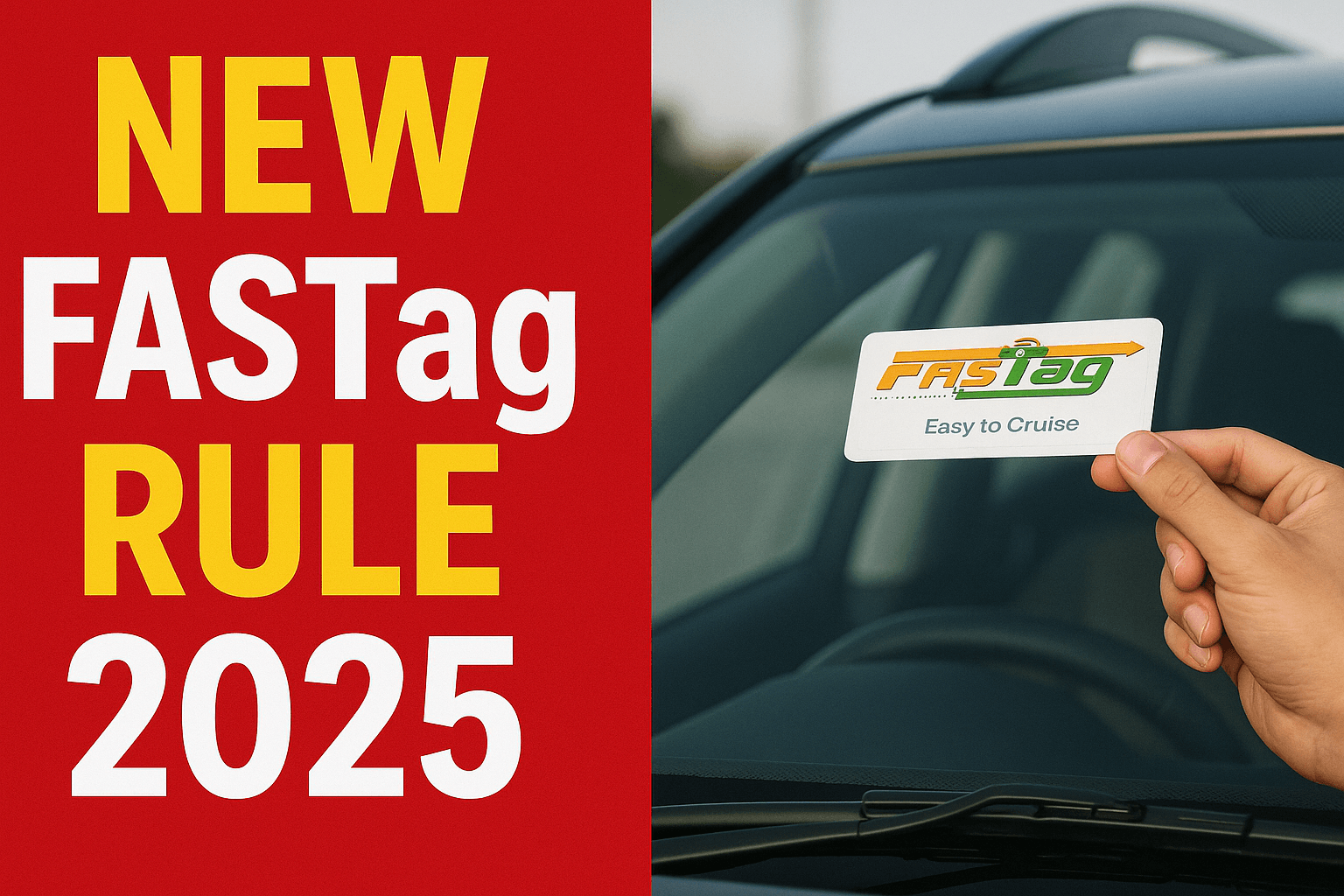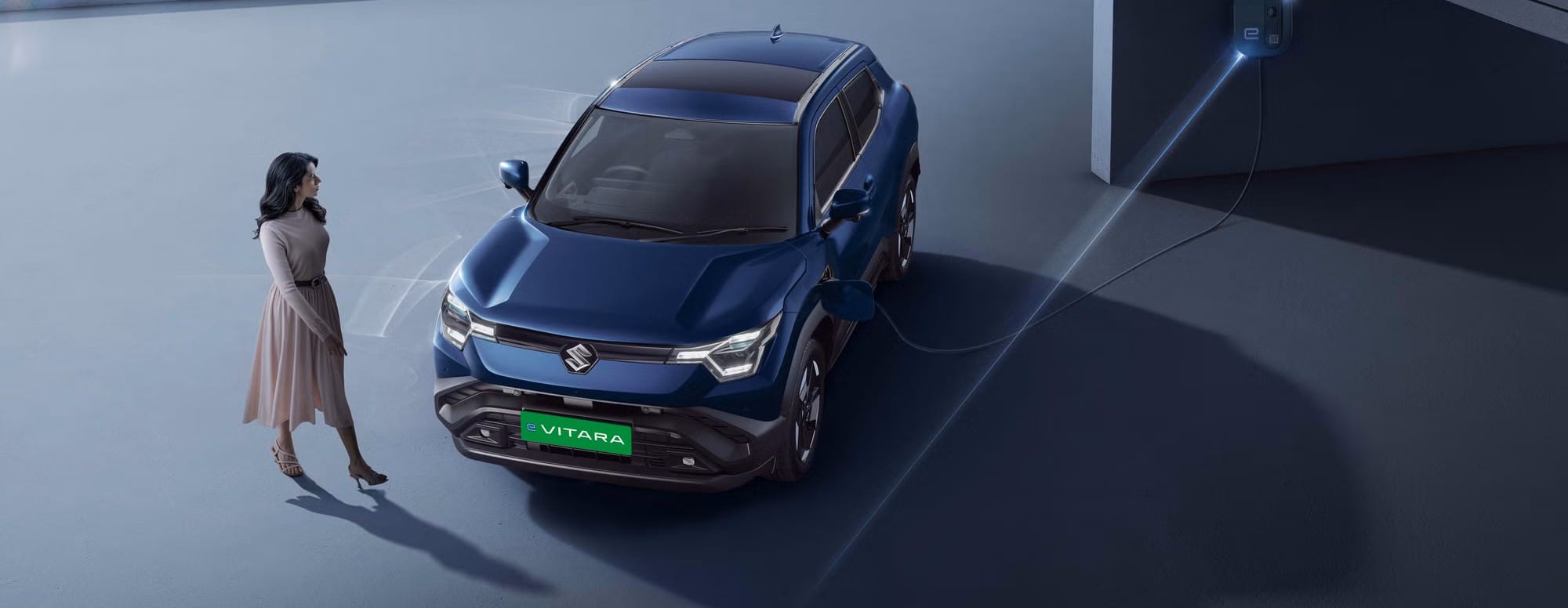Tata Harrier EV vs Diesel: Full Comparison of Performance, Price, and Features (2025)
Tata Motors is leading the change in India’s car industry with innovative electric and fuel-based vehicles. One of its most exciting models is the Tata Harrier, which now comes in both diesel and electric versions. This has left many buyers asking the same question: Tata Harrier EV vs Diesel – which one is better?
This detailed comparison will help you decide by looking at performance, cost, features, and more.
Tata Harrier Diesel: A Trusted Performer
The Tata Harrier Diesel has been a strong player in the SUV market since its launch. It features a 2.0-litre Kryotec turbo diesel engine that delivers solid power and torque. It’s built for those who enjoy long drives, off-road adventures, or need a vehicle for regular highway use.
Key Specs:
- Engine: 2.0-litre turbocharged diesel
- Power: 170 PS
- Torque: 350 Nm
- Transmission: 6-speed manual / 6-speed automatic
- Drive: Front-wheel drive
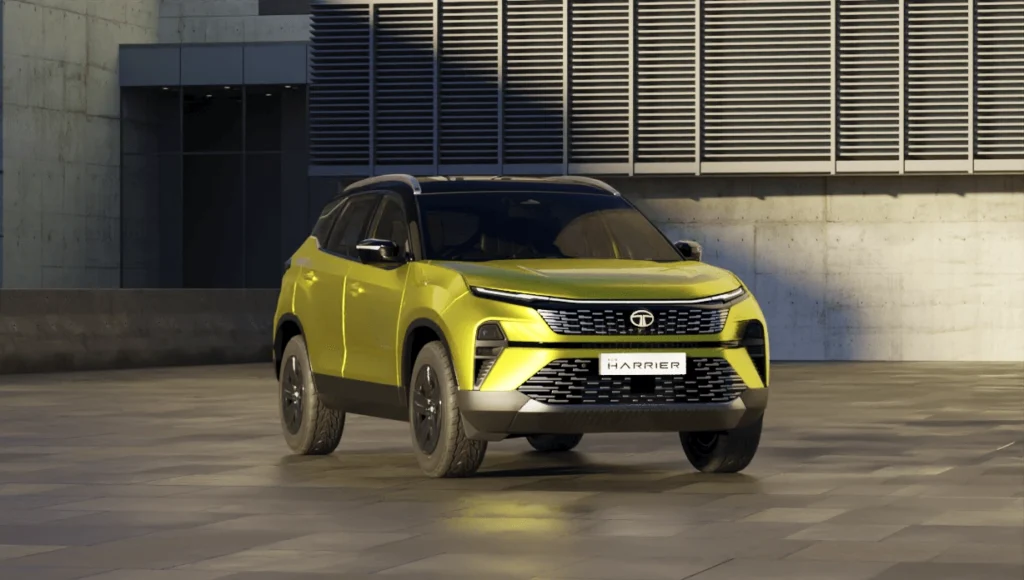
The Harrier Diesel is known for its strong build, excellent ride quality, and road presence. It also comes with modern features like a panoramic sunroof, large touchscreen, ventilated seats, and more.
Tata Harrier EV: The Future of Driving
Tata’s electric vehicles have already made a strong mark with the Nexon EV and Punch EV. Now, the Tata Harrier EV takes things to the next level. It’s built on Tata’s advanced Gen 2 EV platform, promising a long range and smooth performance.
Expected Specs:
- Powertrain: Dual-motor setup (likely All-Wheel Drive)
- Power: Over 200 PS
- Range: 500+ km per charge
- Charging: Fast DC charging and standard AC home charging
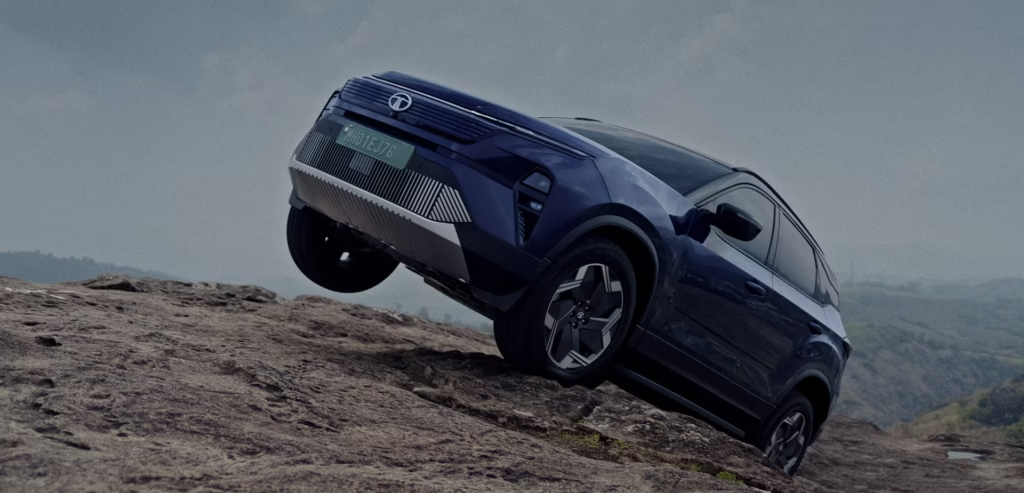
While official details are still awaited, the Harrier EV is expected to offer a quiet, clean, and high-tech driving experience.
Performance: Tata Harrier EV vs Diesel
When comparing the Tata Harrier EV vs Diesel in terms of performance, each has its strengths.
- The diesel Harrier offers great low-end torque and is ideal for long-distance driving and tough terrain.
- The EV version delivers instant torque, faster acceleration, and a smoother, quieter drive.
For daily city driving, the electric version may feel more refined. For highway trips and rugged use, the diesel engine still offers a more traditional driving feel.
Cost of Ownership and Running Costs
Diesel fuel prices continue to rise, and maintenance for diesel engines can be expensive. Oil changes, fuel filters, and emission system services all add to the long-term costs.
In contrast, electric vehicles are much cheaper to run. Charging an EV costs about ₹1.5–₹4 per km, while diesel can cost ₹7–₹10 per km depending on the mileage. Plus, EVs have fewer moving parts, which means lower maintenance costs.
Over five years, the Tata Harrier EV could save you a significant amount in fuel and service expenses, even though the upfront cost is higher.
Environmental Impact: Clean vs Conventional
One of the biggest reasons to choose an electric vehicle is the positive environmental impact.
- Diesel engines emit more CO2, nitrogen oxides, and particulate matter, which contribute to air pollution and climate change.
- Electric vehicles, on the other hand, produce zero tailpipe emissions. If charged with renewable energy, they are almost completely clean.
In terms of sustainability and eco-friendliness, the Tata Harrier EV is the clear winner.
Features and Technology
Both the diesel and EV versions of the Harrier are loaded with features. These include:
- A large 12.3-inch touchscreen infotainment system
- 360-degree camera
- Wireless Android Auto and Apple CarPlay
- Ventilated front seats
- Panoramic sunroof
- ADAS (Advanced Driver Assistance Systems)
The Tata Harrier EV, however, is expected to introduce additional futuristic features like:
- Vehicle-to-Load (V2L) capability
- Regenerative braking with multiple modes
- Over-the-air (OTA) software updates
- Connected car technology via Tata’s ZConnect platform
For tech lovers and those who want a modern experience, the EV version will be more appealing.
Charging vs Refueling Convenience
Here’s a practical aspect in the Tata Harrier EV vs Diesel debate.
- Diesel Harrier: You can refuel at any fuel station in minutes. It’s very convenient, especially on long trips or in rural areas.
- Harrier EV: Fast charging can get the battery from 10% to 80% in under an hour using a DC fast charger. Home charging takes 8 to 10 hours with a standard wall box.
While charging is improving across cities, fuel stations are still more common. If you often drive long distances or in remote areas, the diesel variant may be more practical for now.
Pricing: Harrier EV vs Diesel
As of now:
- Tata Harrier Diesel starts around ₹15.5 lakh (ex-showroom)
- Tata Harrier EV is expected to be priced between ₹27 lakh and ₹30 lakh (ex-showroom)
While the EV is costlier upfront, the savings in fuel, lower maintenance, and government subsidies may balance the total cost over time.
Conclusion: Tata Harrier EV vs Diesel
So, which one is better – Tata Harrier EV vs Diesel? Here’s a quick summary:
| Factor | Tata Harrier Diesel | Tata Harrier EV |
| Power & Torque | Strong, traditional | Instant, smooth |
| Fuel/Charging Cost | Higher | Lower |
| Maintenance | More frequent | Minimal |
| Features | Premium | Tech-forward |
| Pollution | Emits CO2 & NOx | Zero emissions |
| Upfront Price | Lower | Higher |
| Long Trip Suitability | Excellent | Requires planning |
Choose Tata Harrier Diesel if you need a dependable SUV for long drives, heavy usage, and don’t mind the running costs.
Choose Tata Harrier EV if you want a cleaner, smarter, and future-ready SUV for city driving and care about long-term savings and the environment.
Conclusion
The Indian SUV market is changing, and Tata Motors is offering choices for both traditional and modern drivers. The Tata Harrier EV vs Diesel debate comes down to lifestyle, usage, and budget. Both versions are solid options, but the electric version represents the future of driving.
As EV infrastructure improves and awareness grows, the Harrier EV could soon become the go-to SUV for many Indian families.
For more such car reviews, subscribe to our YouTube channel: Car War
Instagram I’d: Car War
Read more car reviews: Car War

